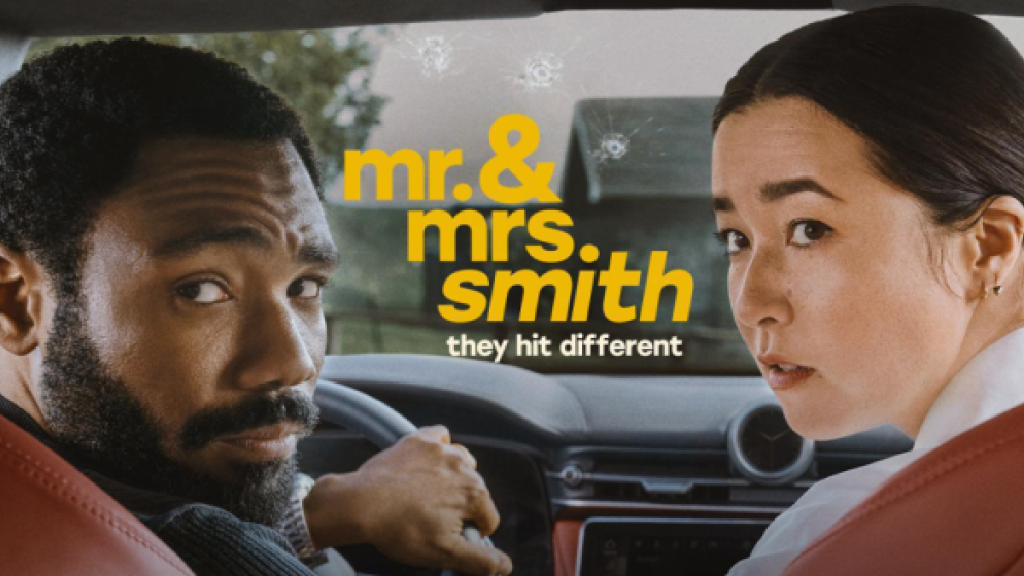ComingSoon was lucky enough to interview composer David Fleming about his score for TV’s Mr. and Mrs. Smith, starring Maya Erskine and Donald Glover. The series, created by the two stars based on the 2005 film, is set to debut on February 2.
ComingSoon: How did you approach composing the score for Mr. & Mrs. Smith to capture the…










